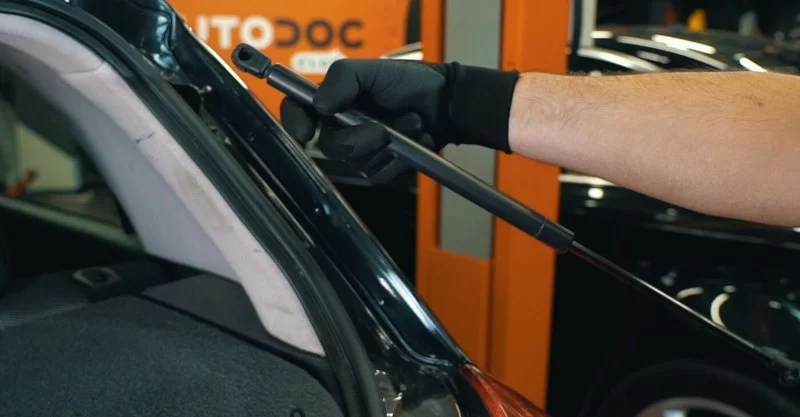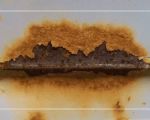- #how-to-replace-your-cars-tailgate-cables-for-heavy-duty - title
- #why-tailgate-cables-matter - load-support - safety
- #signs-your-tailgate-cables-need-replacement - visible-damage - performance-issues
- #tools-and-materials-needed - preparation - safety-gear
- #step-by-step-tailgate-cable-replacement - removal - installation - testing
- #real-world-examples - work-trucks - towing-scenarios
- #rescue-and-towing-how-we-help - product-recommendations - installation-services
- #faq-tailgate-cable-replacement - common-questions
How to Replace Your Car's Tailgate Cables for Heavy Duty
Tailgate cables might look like small components, but when you’re hauling heavy loads, they’re essential for keeping your tailgate stable and safe. Replacing them before they fail can save you from costly repairs—or worse, an accident. This guide walks you through why they matter, how to spot wear, and the exact process to swap them out for heavy-duty versions. For top-quality parts and expert help, Rescue & Towing offers both the gear and the know-how to keep your truck in working order.

Pick Your Part - Help Yourself
1232 Blinn Ave, Wilmington, CA 90744, USA
Why Tailgate Cables Matter
Load Support
Tailgate cables distribute the weight of cargo resting on an open tailgate, especially in pickup trucks. Heavy-duty cables are designed to handle greater stress, making them vital for work trucks, towing operations, and frequent haulers.

Pick Your Part - Greer
13054 E Wade Hampton Blvd, Greer, SC 29651, USA
Safety Considerations
Frayed or weakened cables can snap without warning, causing the tailgate to drop suddenly. This can damage your cargo, your vehicle, or even injure someone standing nearby.
Signs Your Tailgate Cables Need Replacement
Visible Wear and Tear
Look for fraying, rust, or cracked plastic sheathing. Any of these signs mean the integrity of the cable is compromised.
Performance Changes
If the tailgate feels unstable, sags when open, or makes unusual noises under load, the cables could be stretched or weakened.
Tools and Materials Needed
Preparation Checklist
Before starting, gather the replacement heavy-duty cables, a socket wrench set, penetrating lubricant, and gloves. Park your vehicle on a level surface and ensure the tailgate is fully supported.
Safety Gear
Wear gloves to protect your hands from sharp edges, and safety glasses to guard against debris when loosening bolts.
Step-by-Step Tailgate Cable Replacement
Removing the Old Cables
1. Support the tailgate with a jack stand or have a helper hold it steady.
2. Locate the bolt or pin securing the cable to the tailgate and bed mount.
3. Spray penetrating lubricant on rusted parts to ease removal.
4. Use the appropriate socket to remove the bolts and detach the old cables.
Installing the New Heavy-Duty Cables
1. Align the new cable’s fittings with the tailgate and bed mounts.
2. Secure the bolts or pins and tighten them firmly, but avoid over-torquing.
3. Check that the cable’s protective coating is intact and positioned correctly.
Testing Your Work
Slowly lower the tailgate and apply moderate weight to ensure the cables hold steady. Listen for any creaks or shifts that might indicate loose hardware.
Real-World Heavy-Duty Cable Use
Work Truck Applications
In construction and landscaping, tailgates often double as work platforms. Heavy-duty cables prevent mid-task failures, which could be dangerous and costly.
Towing and Hauling
A towing service once reported a snapped factory cable while loading equipment. After switching to reinforced cables, they eliminated downtime from tailgate failures entirely.
How Rescue & Towing Can Help
Reliable Product Recommendations
Rescue & Towing sources heavy-duty tailgate cables tested for extreme loads and weather conditions, ensuring they last longer than standard options.
Professional Installation Services
Our team can install your new cables quickly, checking all mounting points for wear and aligning everything for maximum load support.
FAQ on Tailgate Cable Replacement
Common Questions
1. How often should I replace my tailgate cables?
Inspect them every six months, especially if you haul heavy loads. Replace immediately at the first sign of damage.
2. Can I mix heavy-duty cables with standard ones?
No. Uneven strength can put extra stress on one cable, increasing the risk of failure.
3. Are aftermarket cables as good as OEM?
High-quality aftermarket heavy-duty cables can outperform OEM in strength and durability—just choose a reputable brand.
4. Do I need special tools?
Most replacements require only a basic socket wrench set and lubricant for rusted bolts.





























